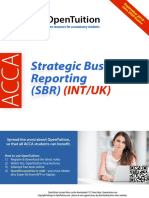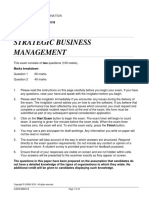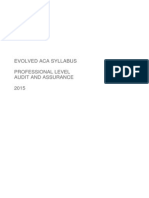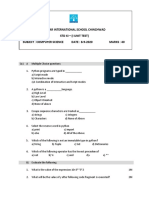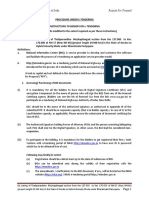0% found this document useful (1 vote)
200 views9 pagesBuaw Study Text
Uploaded by
Patie GaborutweCopyright
© © All Rights Reserved
We take content rights seriously. If you suspect this is your content, claim it here.
Available Formats
Download as PDF, TXT or read online on Scribd
0% found this document useful (1 vote)
200 views9 pagesBuaw Study Text
Uploaded by
Patie GaborutweCopyright
© © All Rights Reserved
We take content rights seriously. If you suspect this is your content, claim it here.
Available Formats
Download as PDF, TXT or read online on Scribd
/ 9





























